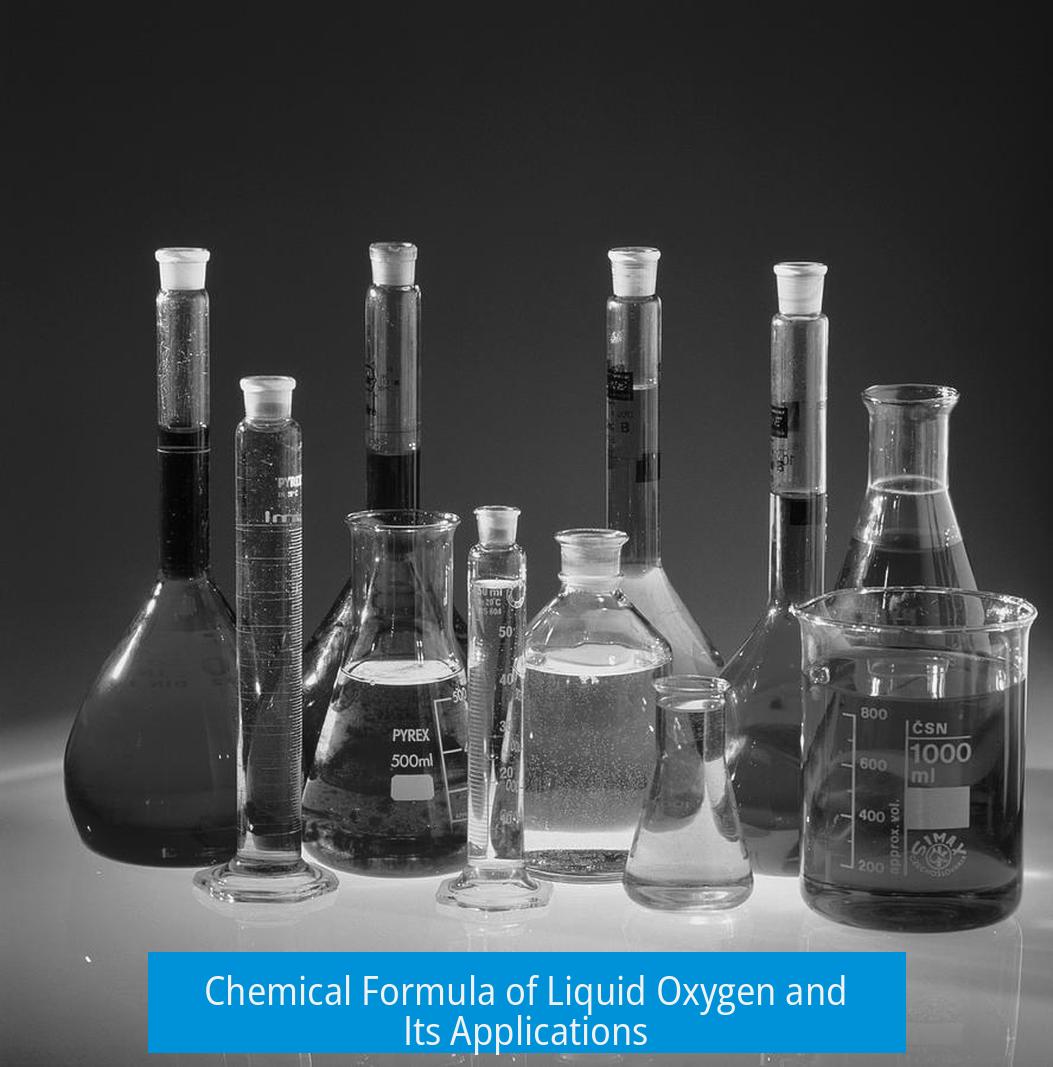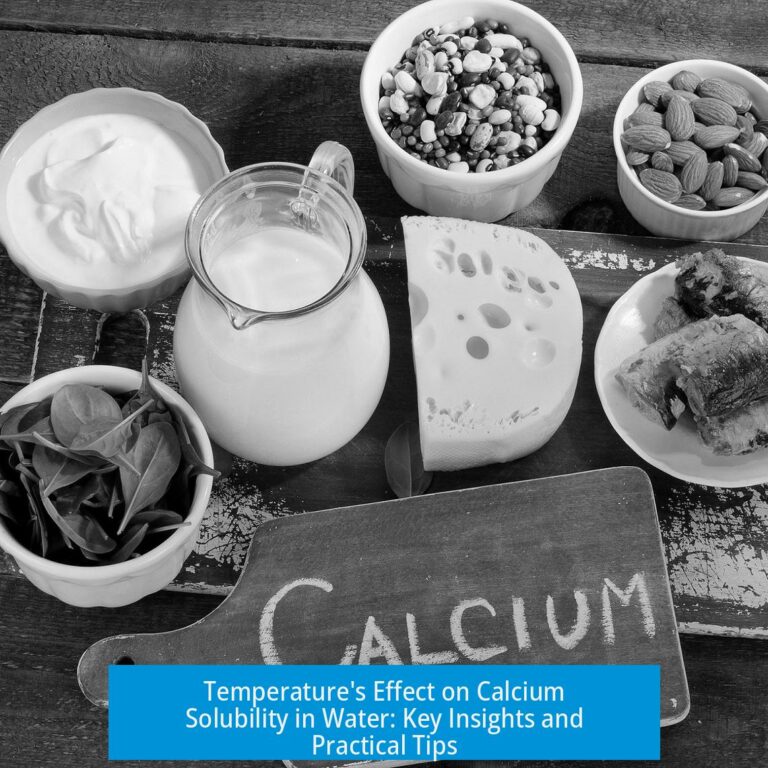What is the chemical formula for liquid oxygen?
The chemical formula for liquid oxygen is O2, identical to oxygen in its gaseous state. The subscript indicates a diatomic molecule composed of two oxygen atoms. The difference lies solely in the physical state, where oxygen is cooled and condensed into liquid form, but its molecular composition remains unchanged.
Chemical Formula of Liquid Oxygen
Oxygen exists naturally as a diatomic molecule, O2. Whether oxygen is in gas, liquid, or solid form, the composition of its molecules does not change. Liquid oxygen is commonly represented as O2(l) to denote its liquid state or sometimes as LOX (liquid oxygen). These notations indicate the physical phase but do not imply any change in chemical makeup.
- O2 – molecular oxygen
- O2(l) – liquid form of oxygen
- LOX – common shorthand for liquid oxygen
Physical vs Chemical Changes: Understanding State Changes
Transitioning oxygen from gas to liquid is a physical change. Physical changes alter the state of matter without modifying the chemical identity of the substance. This means the molecular formula remains constant while physical properties like density, color, and temperature may shift.
For example, water demonstrates a similar principle. Water vapor, liquid water, and ice all maintain the chemical formula H2O. Changing states results from variations in temperature and pressure, not changes in molecular structure.
| Substance | Physical States | Chemical Formula |
|---|---|---|
| Oxygen | Gas, Liquid, Solid | O2 |
| Water | Gas (steam), Liquid, Solid (ice) | H2O |
This demonstrates the fundamental distinction between chemical and physical processes. The chemical identity stays identical, but physical properties adjust.
Common Misconceptions About Liquid Oxygen’s Formula
Sometimes confusion arises around liquid oxygen’s chemical formula. Some mix it with other oxygen-containing molecules like hydrogen peroxide (H2O2), which is a chemically distinct compound and should not be confused with diatomic oxygen.
Additionally, informal or erroneous descriptions sometimes appear, such as “BO-OM” or referring to liquid oxygen as magnetic “O-O.” These playful or imprecise terms do not represent any different chemical formula. The molecular oxygen (O2) molecule exhibits paramagnetism due to unpaired electrons, but this property does not affect its formula.
Applications and Safety Considerations of Liquid Oxygen
Liquid oxygen has important industrial and medical applications. Because it is stored at extremely low temperatures (below -183 °C), handling it requires caution. It is highly reactive and can accelerate combustion, increasing fire hazards. Although the chemical formula remains O2, the physical state enhances oxygen’s oxidizing potential in some contexts.
- Used as an oxidizer in rocket propulsion
- Employed in medical oxygen therapy
- Serves as a cryogenic fluid in laboratories and industrial systems
Due to its reactive nature in liquid form, liquid oxygen must be stored and transported with strict safety protocols. Its formula is standard and poses no ambiguity for chemical equations or stoichiometry; however, safety considerations affect practical handling.
Summary of Key Points
- Liquid oxygen’s chemical formula is O2, the same as gaseous oxygen.
- Changing from gas to liquid is a physical change without altering molecular composition.
- Notations like O2(l) or LOX indicate the physical state, not a new chemical formula.
- Misleading formulas like H2O2 (hydrogen peroxide) are unrelated chemically.
- Liquid oxygen is paramagnetic but remains O2 chemically.
- Extremely cold and reactive, liquid oxygen requires careful storage and handling.
What is the chemical formula of liquid oxygen?
The chemical formula of liquid oxygen is O₂. It is the same as oxygen gas, just in liquid form.
Does the chemical composition change when oxygen becomes liquid?
No, changing oxygen from gas to liquid is a physical change only. The formula remains O₂, like how water stays H₂O whether liquid or steam.
Are there any common incorrect formulas for liquid oxygen?
Yes, some confuse it with H₂O₂ (hydrogen peroxide), which is different. Liquid oxygen is always O₂, regardless of its state.
How is liquid oxygen represented in chemical notation?
It can be written as O₂(l), O₂₍ₗ₎, or sometimes LOx. These all indicate oxygen in its liquid state but with the same O₂ formula.
Is there a reason the formula for liquid oxygen is hard to find?
Sometimes it’s unclear due to safety concerns around handling it. The formula is O₂, but working with liquid oxygen requires caution.





Leave a Comment